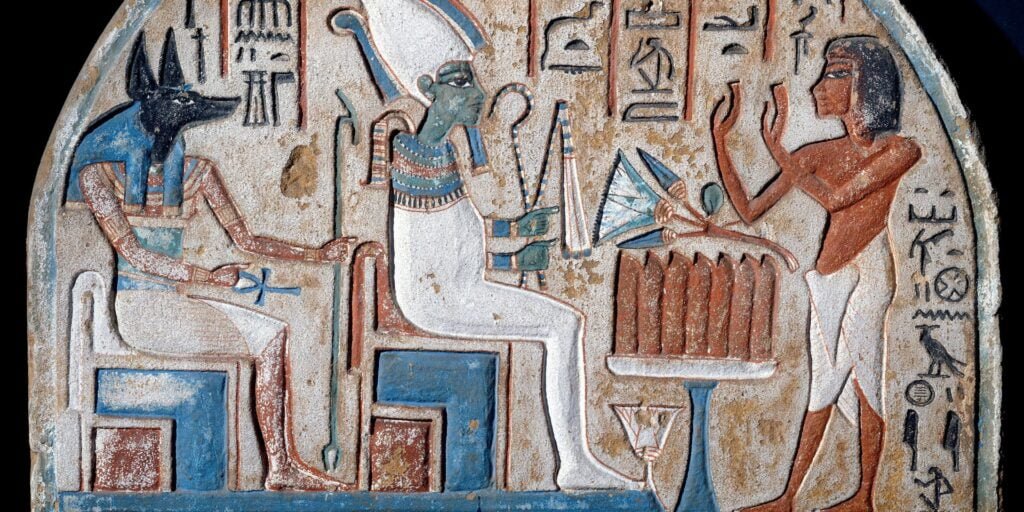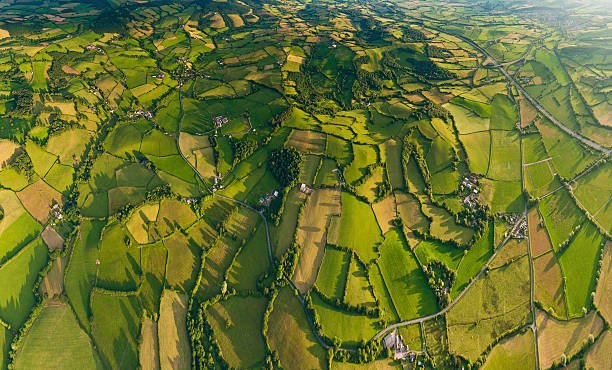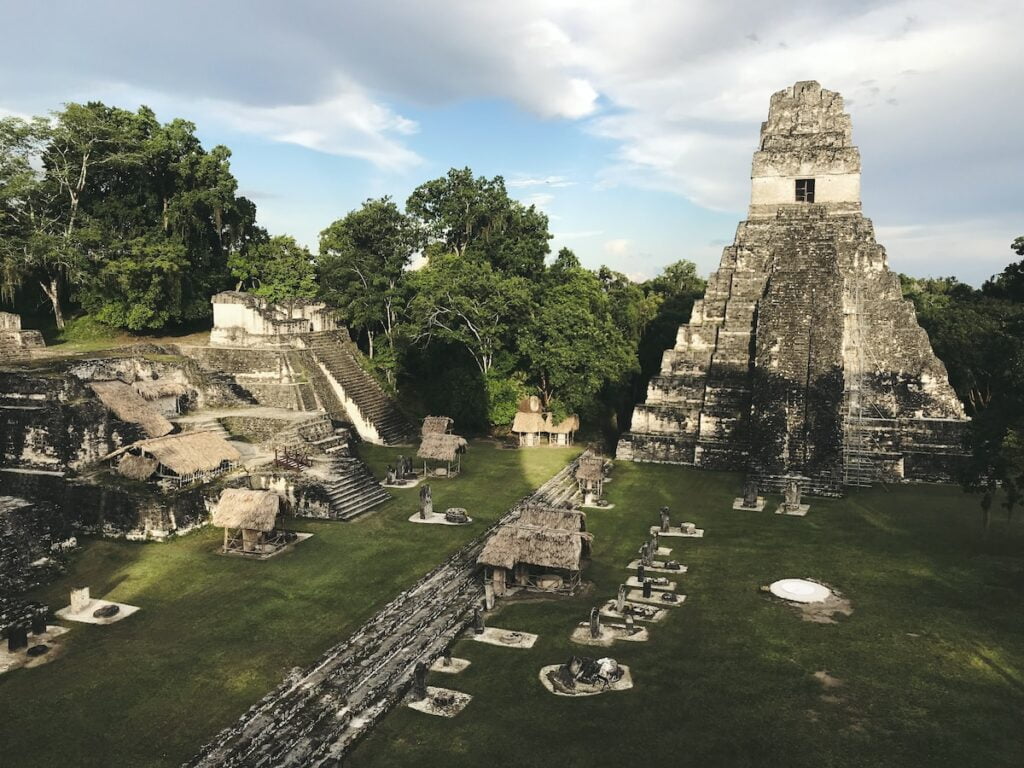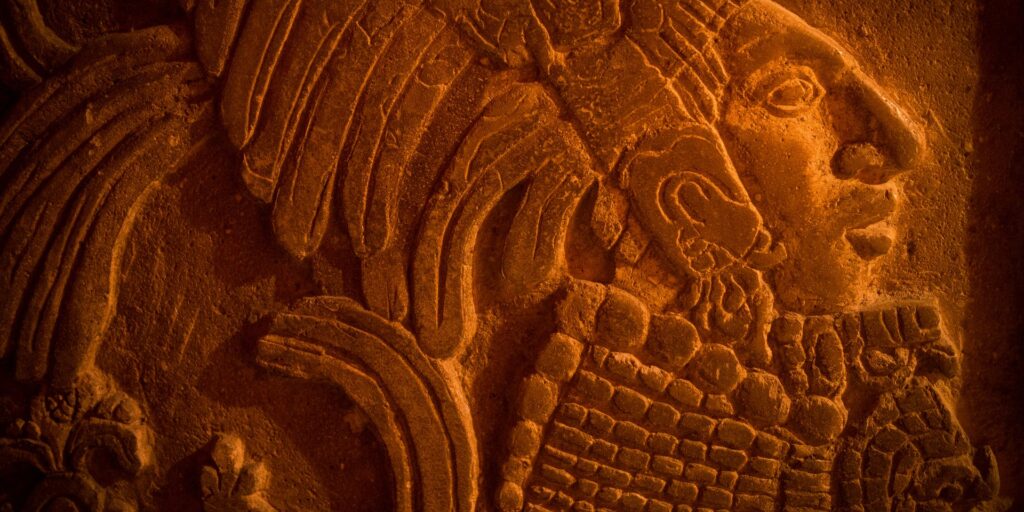Ancient Civilizations Vanished- a Glimpse into Humanity’s Future?

From our early years, we’ve been enthralled by tales of bygone societies that mysteriously vanished, prompting us to ponder whether our own civilization stands at a pivotal juncture, facing existential threats. We hope that stepping back in time and connecting with history will glean insights about our future…
Mysteries of history: Ancient Civilizations that vanished
History is replete with tales of grand civilizations that have risen to prominence, only to mysteriously disappear without a trace. One such enigma involves a civilization that thrived and then vanished about 2500 years ago. This timeframe, roughly 500 BC, was a period rich in cultural developments across the globe, and it also saw the disappearance of certain cultures and societies.
The annals of human history are filled with stories of vibrant civilizations that mysteriously and abruptly vanished, their existence reduced to ruins and relics, which were discovered by architects and explorers later on, in the 19th century. Some of these civilisations have left indelible marks on human history, even as the reasons for their decline and disappearance remain shrouded in mystery. Let’s explore six such civilizations that seemingly vanished without a trace.


Maya
The Maya civilization was a complex society that thrived in Mesoamerica from 2000 BC to the 16th century. Famous for their advanced writing system, astronomical knowledge, and monumental architecture, the Maya mysteriously declined during the 8th and 9th centuries. Theories abound about their disappearance, including overpopulation, environmental degradation, warfare, and drought.

Greenland’s Vikings
In the late 10th century, Vikings from Norway settled in Greenland, surviving in harsh conditions for nearly 500 years. Known as the Norse Greenlanders, they mysteriously vanished in the 15th century. Theories behind their disappearance include climate change, conflicts with indigenous populations, economic hardship, and voluntary abandonment of the settlements for more promising lands.

The Indus Valley Civilization
One of the three oldest societies along with Egypt and Mesopotamia, the Indus Valley Civilization in present-day Pakistan and northwest India was noted for its advanced urban planning and sophisticated culture. Despite its grandeur, it started declining around 1900 BC. Causes of its decline may include climate change, changes in river patterns, and invasions from other civilizations.
Anasazi
The Anasazi or Ancestral Puebloans were an ancient Native American culture in the Southwest United States. Famous for their cliff dwellings in places like Mesa Verde, the Anasazi culture mysteriously declined in the late 13th century. Theories include prolonged drought, resource depletion, warfare, and societal collapse.
Khmer Empire
The Khmer Empire was a powerful state in Southeast Asia between the 9th and 15th centuries, best known for constructing the magnificent temple complex of Angkor Wat. The civilization went into decline in the 15th century, with theories suggesting that religious conversion, invasions, environmental factors, and infrastructural failure could be possible reasons.
Easter Island Civilization
Easter Island, a remote Pacific Island, was once home to a Polynesian civilization known for its enormous stone statues called moai. This society began to decline in the 17th century, likely due to environmental degradation, European diseases, slave raiding, and internal conflict.
The epoch around 500 BC was the classical age of ancient Greece, with philosophical giants like Socrates and Heraclitus leaving indelible marks on human history. Simultaneously, the Eastern world witnessed the growth of the ancient civilizations of India and China, where spiritual and philosophical doctrines like Buddhism and Confucianism were burgeoning.
In the midst of these notable developments, one civilization – potentially as advanced and sophisticated – vanished, leaving behind a wealth of questions for modern archaeologists and historians.
A civilization that disappeared around this time that has been the topic of significant research is the Olmec civilization in Mesoamerica. Known as the “mother culture” of Mesoamerica, the Olmec had a profound influence on later civilizations such as the Maya and Aztec. Their decline around 500 BC is still a topic of debate among historians.


Key factors that influenced the disappearance of ancient civilizations
Environmental Factors: Civilizations are intricately linked with their environments. Natural calamities such as droughts, floods, earthquakes, or volcanic eruptions could lead to widespread devastation and cause the collapse of a civilization. Climate change, either global or regional, could disrupt agriculture and lead to societal upheaval.
Socio-Political Factors: Internal strife, class conflict, or ineffective governance could also be responsible for a civilization’s downfall. In such situations, it’s not unusual for the civilization to ‘burn itself to the ground’ in a manner of speaking. Also, military invasions from neighboring societies could lead to the destruction and assimilation of a civilization.
Ecological Factors: Overexploitation of natural resources often leads to an ecological imbalance. This could result in a diminished capacity of the land to support the civilization, leading to starvation, strife, and eventual collapse.
Health Factors: Diseases and epidemics have historically been responsible for the decline of many societies. An outbreak of disease could dramatically reduce a population and disrupt the functioning of a civilization.


The mysterious nature of ancient civilisations continues to fascinate us, offering humbling reminders of the ephemerality of human existence and our own civilization’s potential vulnerabilities. As we continue to uncover the secrets of our past, each discovery serves as a new piece in the vast, complex puzzle of human history. The latest headlines makes us wonder what took us so long to accept that we are not alone?




